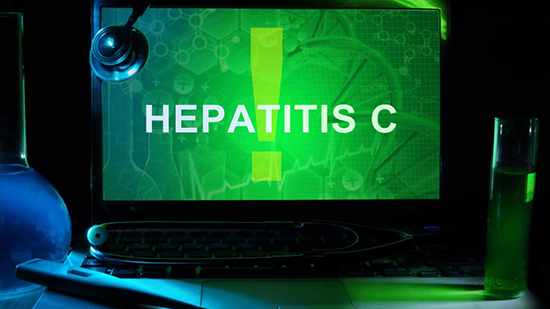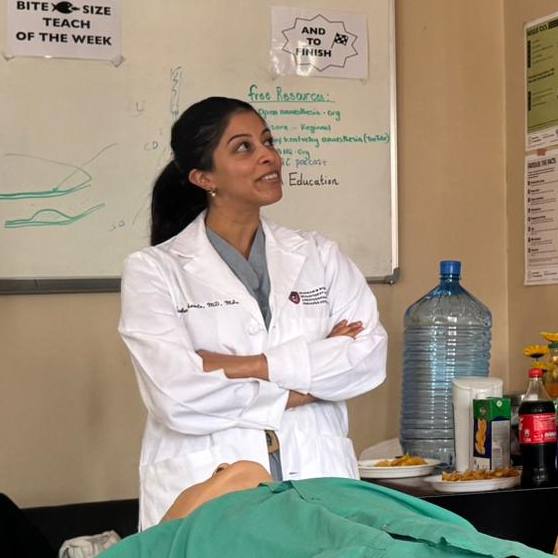
With a goal of shortening the wait time for a solid organ transplant, Mayo Clinic is leading efforts to expand the donor pool by making more organs suitable for transplantation.
Organs from deceased donors are screened thoroughly, and donated organs that tested positive for hepatitis C were previously discarded. But research at Mayo Clinic has changed that.
A recent Mayo Clinic study found that livers from donors exposed to hepatitis C can be safely used for transplant, thanks to improved treatments for hepatitis C infection. New antiviral drugs are so effective that recipients are protected from the infection.
Now, Mayo Clinic Transplant Center has expanded the protocol to use in other organ transplants.
"We were able to expand to kidney transplant, heart transplant and lung transplant within the past few years, and we have been able to do close to 150 kidney transplants, and 25 heart and lung transplants, using organs from donors with hepatitis C," explains Dr. Bashar Aqel, medical director of the Liver Transplant Program at Mayo Clinic in Arizona. "We had in place a treatment protocol and we treat them for hepatitis C immediately after transplant. Treatment was well tolerated, and everybody was cured from the infection. So more than 200 lives saved with organ transplant from donors with hepatitis C, and everybody has achieved the outcome that we are looking for."
On the Mayo Clinic Q&A podcast, Dr. Aqel discusses progress in expanding the donor pool for lifesaving solid organ transplants.
Watch: Dr. Aqel discuss expanding the organ donor pool.
Read the full transcript.
________________________________________
For the safety of its patients, staff and visitors, Mayo Clinic has strict masking policies in place. Anyone shown without a mask was recorded prior to COVID-19 or recorded in an area not designated for patient care, where social distancing and other safety protocols were followed.







